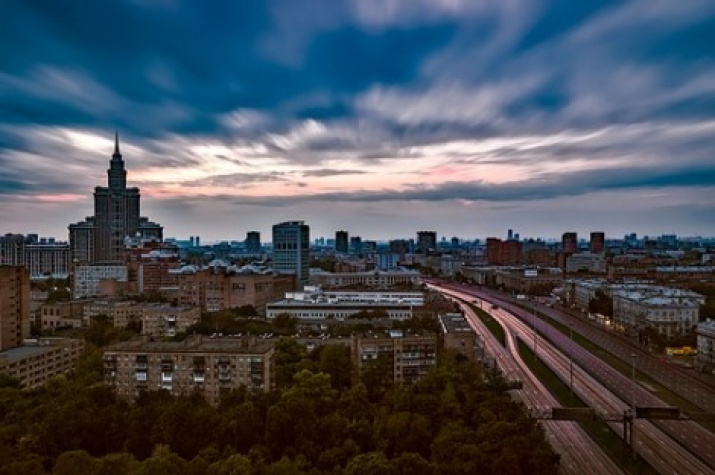Climatologists at Lomonosov Moscow State University have finalized a multi-year project on study of microclimates in large Russian cities under the influence of global warming. The research was funded by a grant received from the Russian Geographical Society and the Russian Foundation for Basic Research.
The scientists have successfully completed several research tasks. Using the example of St. Petersburg and Saratov, they designed a microclimate model taking into account urban characteristics: height and configuration of buildings, layout of streets, urban heating. It is known, that megacities create "urban heat islands", i.e. areas that are a lot warmer than the rural areas surrounding them, and "islands of dryness" that create zones of decreasing relative humidity.
The results show that global warming effects are stronger in large cities, and these effects may continue to increase in the future.
The project lays the foundation for the development of technologies that will help produce more accurate weather forecasts and predict where the dangerous atmospheric pollution would spread. The scientists also note that now it would be possible to predict how urban constructions will affect the microclimate of various parts of the Russian capital.
A detailed overview of the research is provided in the monograph "Moscow's Climate in Conditions of Global Warming."

